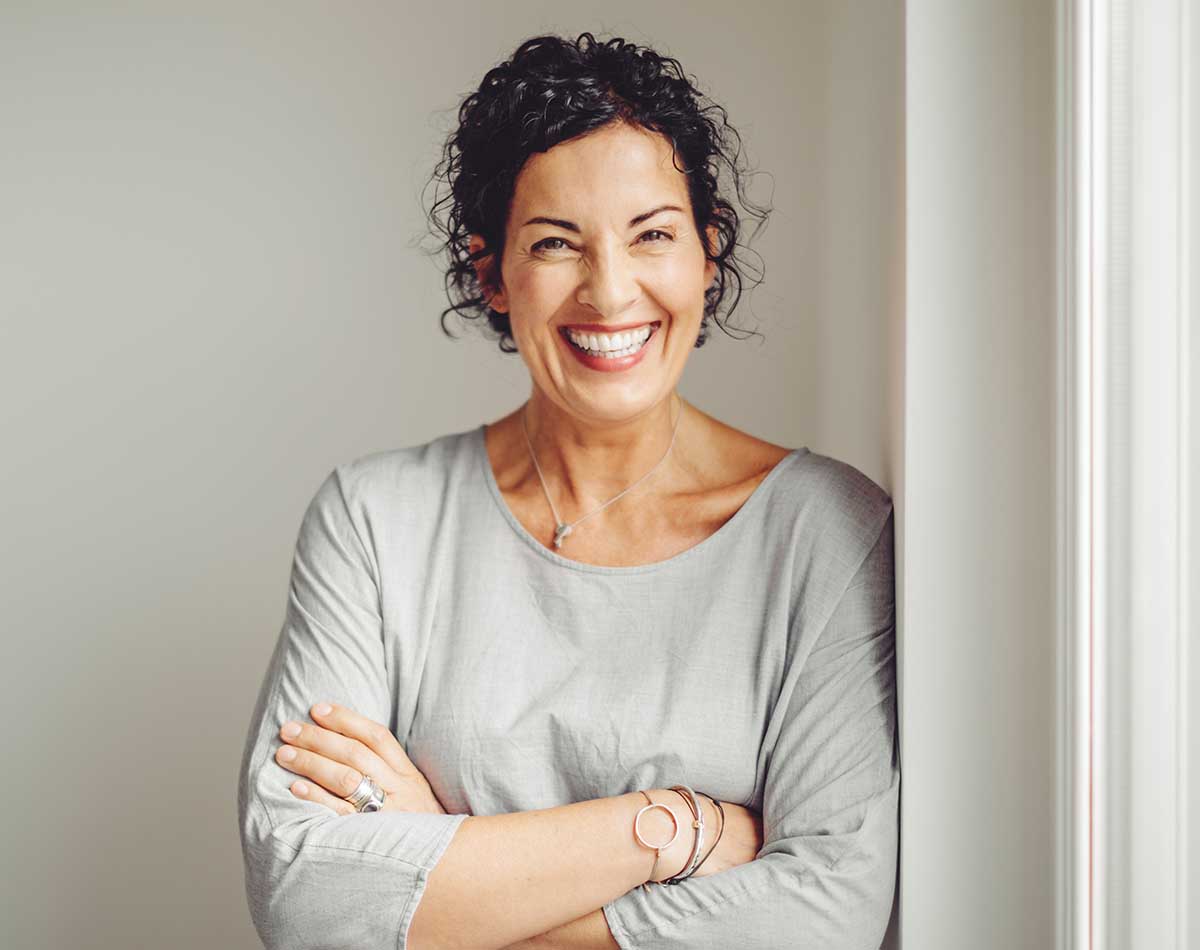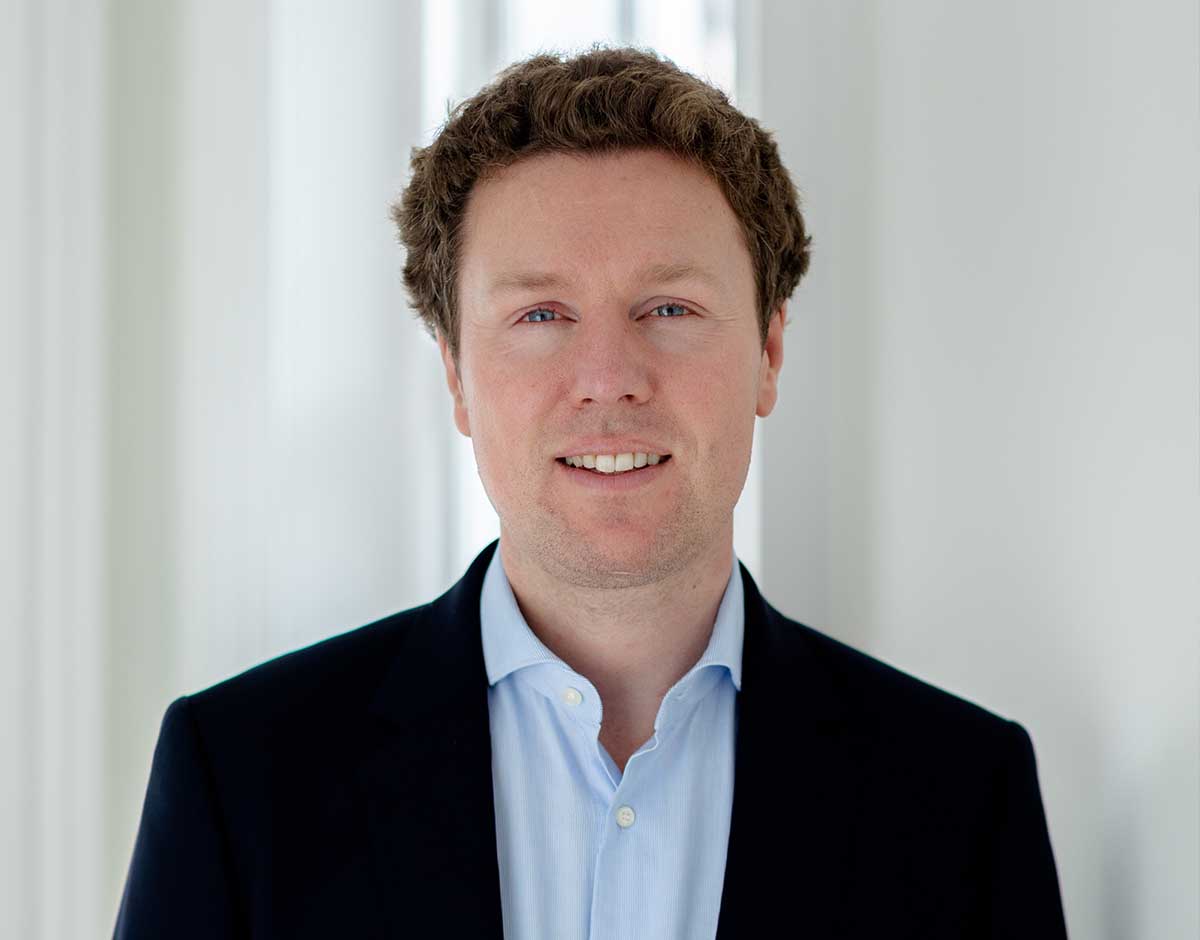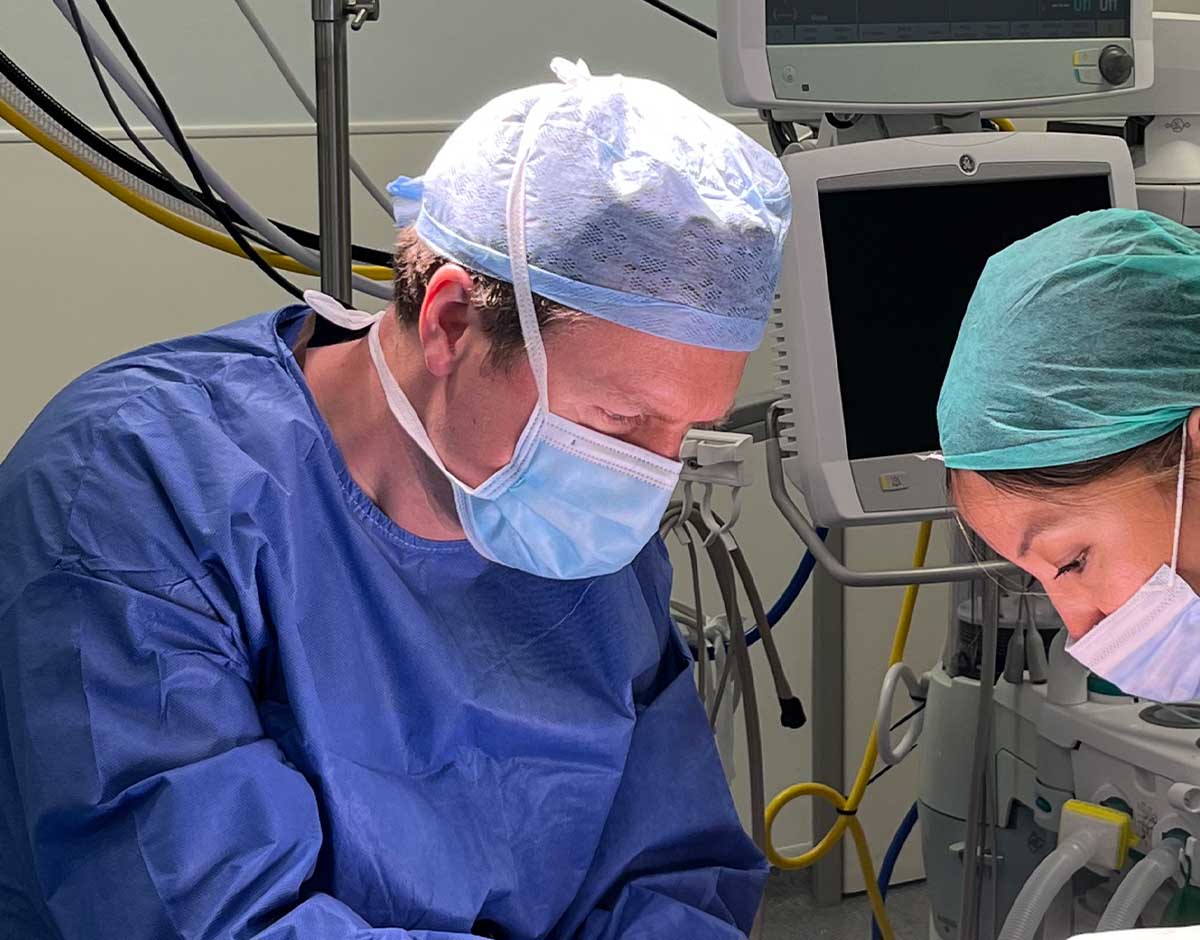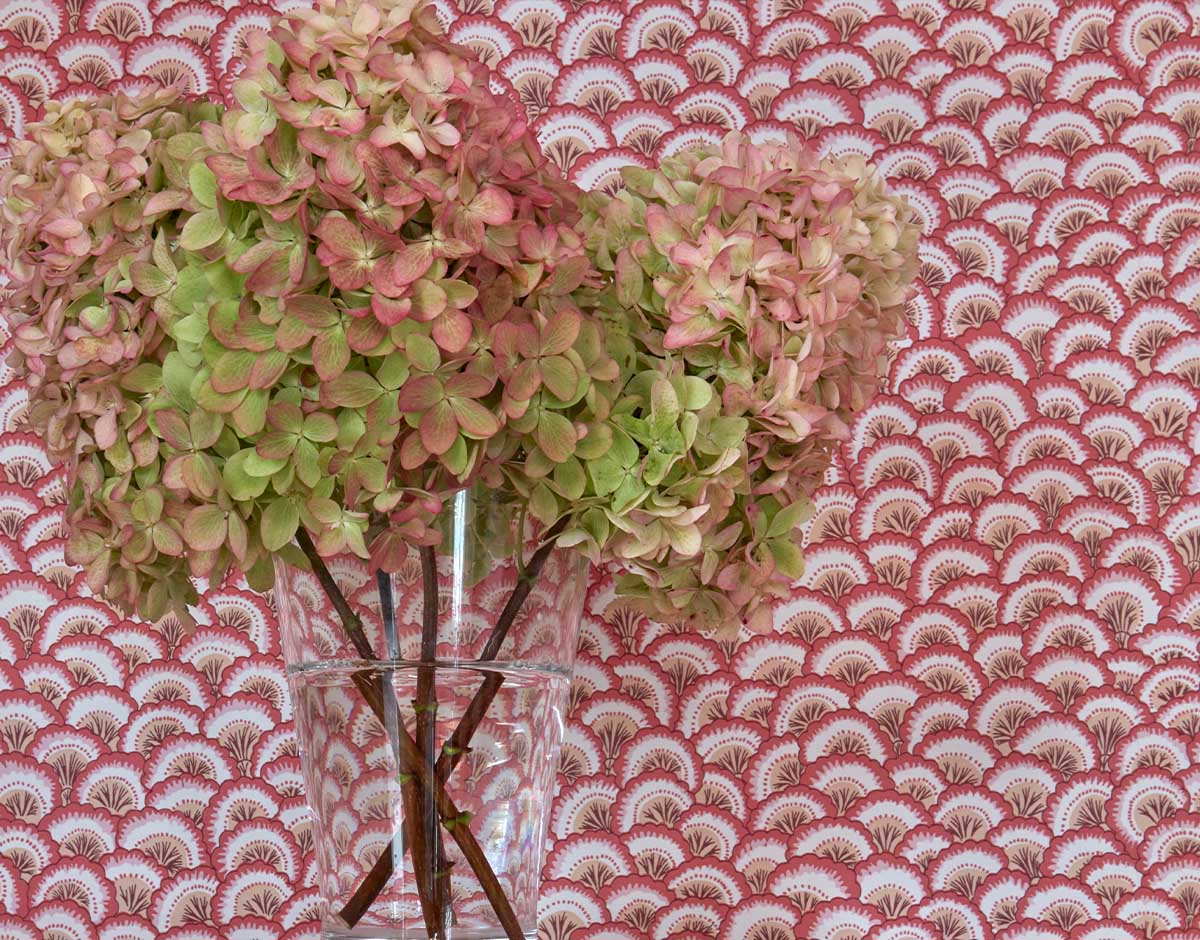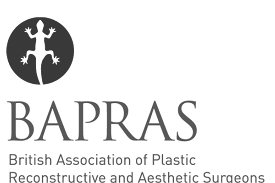-
Which scar treatment will I need?
Scar treatment depends on the type of scar issue. Some scars are thin and atrophic, and surgical scar revision, laser or microneedling may be advised. Scars that are thick and lumpy such as hypertrophic or keloid scars may benefit from surgical scar revision, steroid injections, radiotherapy, laser or microneedling.
Surgical scar revision involves removing the scar tissue and rejoining the skin in a way that minimises the appearance of the scar. This technique is often used for scars that are raised, indented or have irregular shapes. For hypertrophic or keloid scars, next day radiotherapy or steroid injections may be recommended.
Laser treatment uses cutting edge technology to target and break down scar tissue, build collagen and generate an improvement in scar appearance. It can also improve the colour of scars towards the natural skin tone. Laser treatment can be used for a variety of scar types, including acne scars, surgical scars, and keloid scars.
Microneedling is a non-surgical treatment option that involves creating tiny punctures in the skin with small needles. These micro-injuries stimulate the production of collagen and elastin, which help to improve the texture and appearance of acne and surgical scars. Facial reconstruction may be recommended for scars resulting from traumatic injuries or previous unsuccessful scar revision procedures. But perhaps most importantly, a multi-modal approach to scar treatment could potentially be the answer to help achieve optimal results. This approach recognises that different types of scars may respond differently to various treatments. By using a combination of surgical scar revision, laser treatment, microneedling, and facial reconstruction when necessary, Jonathan can customise treatment plans to suit each individual’s unique needs and goals.
-
Can anyone have scar treatment?
Scar treatment is suitable for individuals who have scars that affect their appearance or cause physical discomfort. The suitability of a particular treatment depends on the type and location of the scar, as well as the individual’s overall health and skin condition.
-
What will happen at my first scar treatment appointment?
Jonathan will conduct a thorough assessment of your scar to examine the size, shape, depth, and location of the scar to determine the best course of action. He will also evaluate the scar tissue’s texture and colour. For surgical scar treatment, Jonathan may then discuss various options such as scar excision, mobilising local tissue (flaps) or tissue expansion to recruit normal tissue. During this appointment, you will also discuss your expectations and goals for the treatment.
-
Is scar treatment painful?
Local anaesthetic will be used for surgical procedures. This means that the area being treated will be numb, reducing any discomfort during the procedure. However, it is common for patients to experience some discomfort during the recovery period, which can last for a few days to a couple of weeks. Pain medication may be prescribed to manage any discomfort. Laser and microneedling is usually associated with minimal discomfort.
-
How long does scar treatment take?
Surgical scar procedures can take 30-60 minutes, depending on the size and complexity of the scar. The duration of a laser or microneedling treatment session may take around 30-60 minutes. Multiple sessions may be required, especially for microneedling, laser and steroid injections.
-
How will I look after my scar treatment?
If you have a surgical treatment, scars are typically red and a little raised for a few weeks before becoming flatter and paler over a period of months. This treatment should reduce the visibility of scars over a period of time If you choose a non-invasive option, the stimulation of your collagen production should result in smoother and less prominent scars over time.
-
What risks are involved with scar treatment?
While all scar removal procedures are generally safe, there are potential risks in the form of infection, bleeding, and delayed healing. Side effects of non-invasive procedures include temporary redness, swelling, and mild discomfort. In rare cases, laser therapy can also cause changes in skin pigmentation or scarring. Jonathan will give you post-treatment instructions to help minimise these risks and achieve the best possible results.

Scar Treatment
Face Reconstruction
Scar treatment can greatly help improve the appearance of facial scars. Different techniques are used for different types of scars. Surgically removing a scar and repositioning the skin to minimise its visibility is one option. This is particularly effective for scars that are raised or indented. Non-invasive techniques can also be effective such as laser and microneedling, which both stimulate the body’s natural healing response to build collagen and improve the colour of scars. In some severe cases, facial reconstruction may be necessary to treat scars resulting from trauma, burns, or previous surgeries. By combining different surgical techniques, such as skin grafts or tissue flaps, facial reconstruction can help restore a more natural appearance.
How do you remove facial scars?
Facial scar treatment often involves a multi-modal approach to deliver the best results. Whether Jonathan needs to carefully cut around the scar tissue, use Local tissue (flaps), use targeted laser beams to break down scar tissue and stimulate collagen production, or create controlled micro-injuries to the skin using a microneedling device, depends on the size, location and depth of your scar.
Why choose Jonathan for your scar treatment?
Whether you have a small scar from an accident, or a more prominent scar from a previous surgery, Jonathan has experience with a number of treatment options to help you achieve the best possible outcome. He will carefully assess your scar and recommend the most suitable option for you.
Faqs | Scar Treatment
“Mr Dunne is an amazing surgeon. He is professional kind and caring. His team are all exceptional. I am 55 years old I have had a face lift and I now look 40 Mr Dunne went above and beyond his work is unbelievable I can not put into words how skilled he is.”
Client Review


